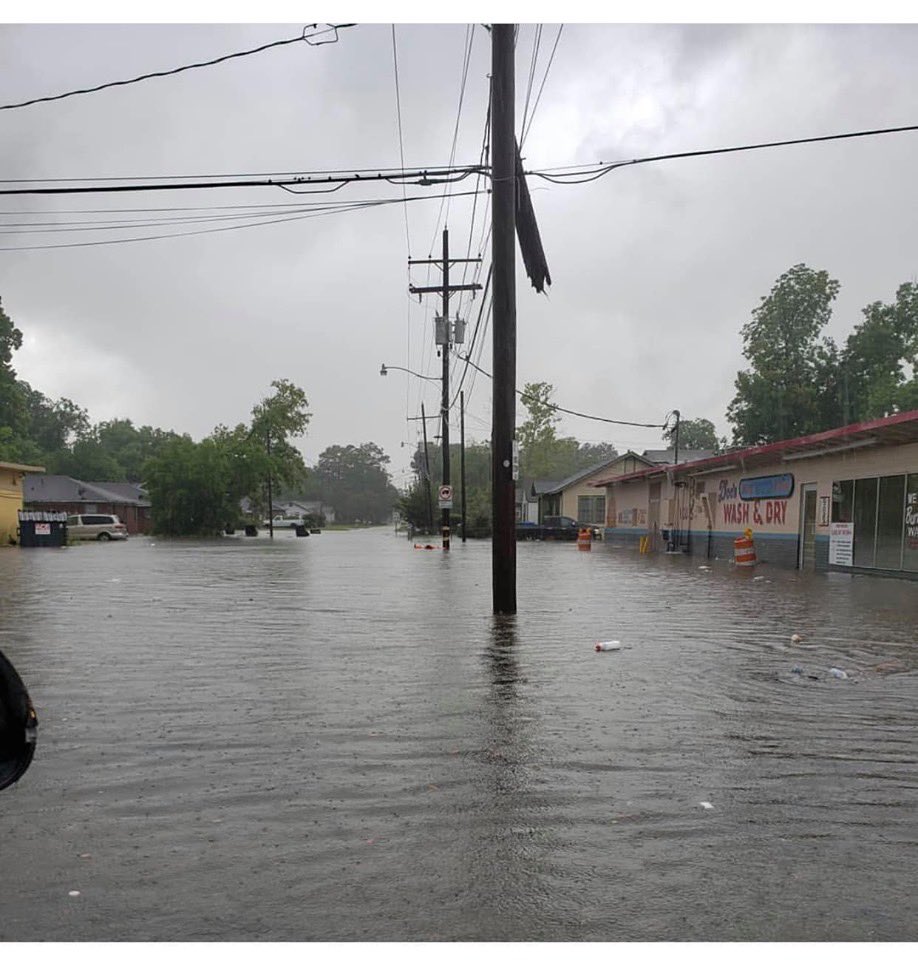

New Orleans, itself, saw 11.16 inches of February rainfall, a far cry above the normal average of 4.4 inches. In Louisiana, a total of 10,000 square miles spread over 20 parishes lay submerged beneath flood waters. In total, more than 245,000 homes and businesses were damaged by flood waters, the death toll ranged from 250 to 500, and the damaged reached well beyond $400 million dollars. Caused by excessive rainfall that ran from the summer months of 1926 all the way through the spring of 1927, the flood caused significant devastation along the river's route. Secretary of Commerce, as "the greatest peace-time calamity in the history of the country," the Great Mississippi Flood of 1927 impacted over 16 million acres in seven states including Kansas, Oklahoma, Illinois, and Louisiana. River Flooding 1927 - The Great Mississippi Floodĭescribed by Herbert Hoover, then the U.S. West Gulf Coastal Plain - To the west of the Mississippi Alluvial Plain is the West Gulf Coastal Plain which consists of barrier beaches along the Gulf of Mexico, marshland that extends nearly 20 miles inland, and the Louisiana Prairies the furthest north. The fertile Mississippi Delta is part of this plain. Much of the soil is made up of silt and clay. Mississippi Alluvial Plain - the most bountiful plain of the three, the Mississippi Alluvial Plain runs adjacent to the Mississippi River from Arkansas down to the Gulf of Mexico and is distinguished by hollows and ridges. Most of the area is lowlands, but rises to rolling hills in the northern-most part. Some areas actually sit below sea level the lowest point of the state - 8 feet below sea level - is in New Orleans.Įast Gulf Coastal Plain - this marshland plain encompasses the area north of Lake Pontchartrain and east of the Mississippi River. In fact, the highest point in the state, Driskill Mountain which sits close to the Arkansas border, is a mere 535 feet above sea level. This means that much of Louisiana lies at close to sea level making damage from flood events a very real possibility. This area is approximately just 100 miles southeast of the city of New Orleans.Īs a whole, Louisiana is made up of plains divided into three geographic sections: the East Gulf Coastal Plain, the Mississippi Alluvial Plain, and the West Gulf Coastal Plain.

Louisiana’s main waterway, the Mississippi River has a habit of flooding and then draining into the Gulf of Mexico, the water commonly flows through the heart of the Mississippi Delta. 8,277 square miles of that total are bordering water, this includes many lagoons, rivers, bayous and lakes. The beautiful state of Louisiana has a total square mile count of 51,843.


 0 kommentar(er)
0 kommentar(er)
